-
Welcome to Tacoma World!
You are currently viewing as a guest! To get full-access, you need to register for a FREE account.
As a registered member, you’ll be able to:- Participate in all Tacoma discussion topics
- Communicate privately with other Tacoma owners from around the world
- Post your own photos in our Members Gallery
- Access all special features of the site
Relay question for switches
Discussion in 'Lighting' started by PaidtoPlay08, Feb 10, 2020.


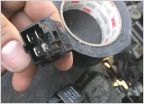 Lightbar relay switch help
Lightbar relay switch help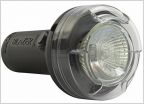 Got ideas for better backup lights?
Got ideas for better backup lights?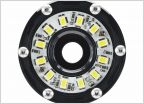 RGB rock light instillation
RGB rock light instillation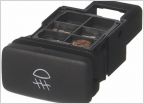 Fog Light Harness
Fog Light Harness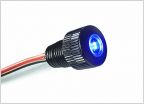 Raptor like lights for TRD Pro Grill
Raptor like lights for TRD Pro Grill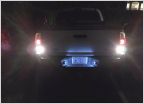 LED reverse bulbs Philips 12841B2
LED reverse bulbs Philips 12841B2


